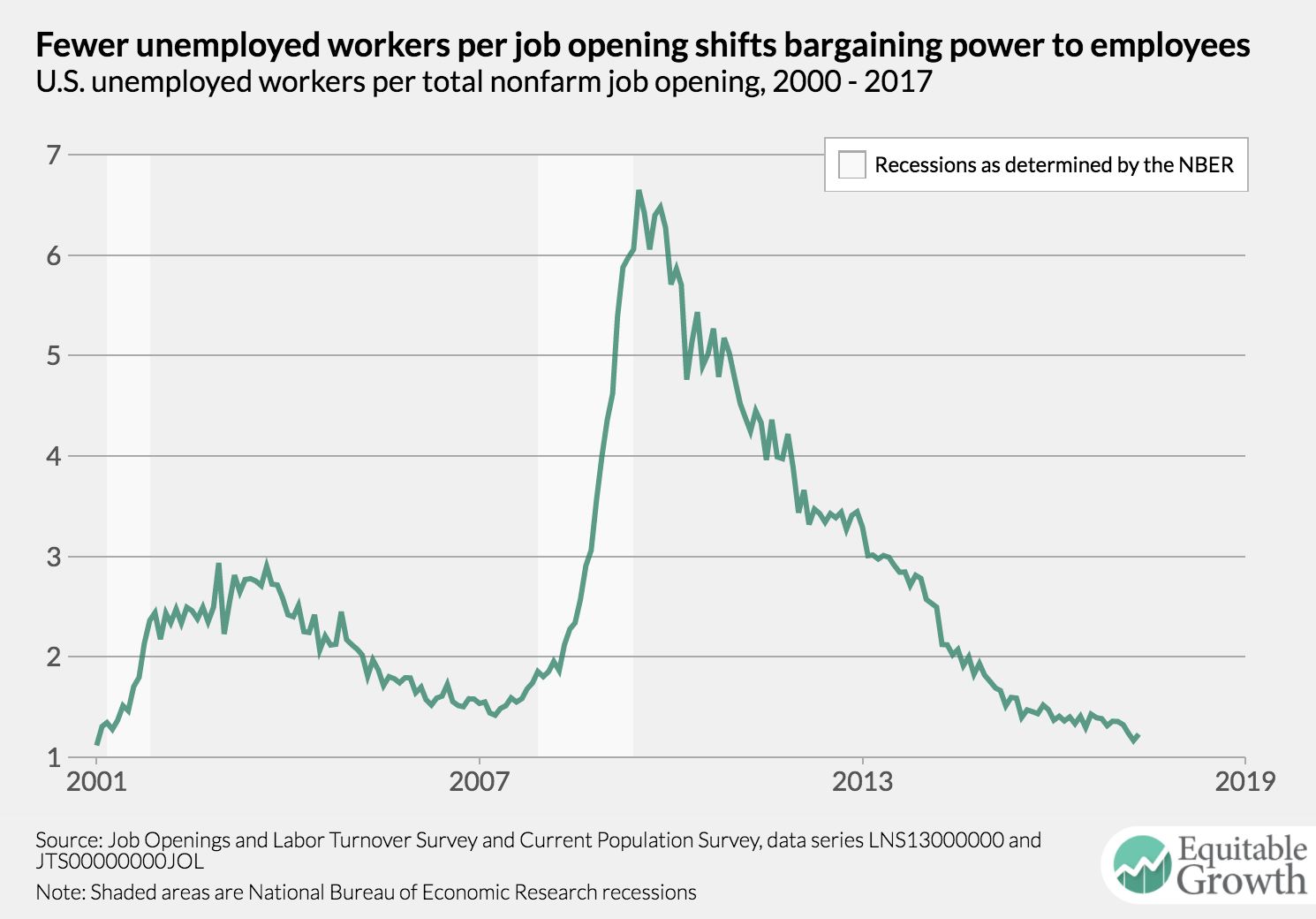Should-Read: Is this right? Certainly before 1800 we do not see a banking crisis produce a collapse of the circulating medium and a large excess demand for cash and thus a large excess supply of pretty much anything—a banking crisis-driven general glut. And certainly before 1800 we do not see an economy-wide shortage of investment opportunities producing a Wicksellian real neutral rate below the market rate. And certainly before 1800 we do not see a virulent debt-deflation collapse cycles—if Antonio the merchant of Venice goes bankrupt, his goods are sold at market on the Rialto rather than his factories standing idle, and the chance that his creditors are also caught up in a bankruptcy chain is much less.
But I am not at all sure that the (real productivity-adjusted) wage flexibility we think we see in the later nineteenth century applied before. The Jacksonian economy was still in many of its aspects a pre-industrial economy—an agricultural, mercantile economy. And yet The Jacksonian Economy http://amzn.to/2sZE9vY definitely had a large, albeit policy driven cycle produced by a government policy shock. Did policy, war, and harvest shocks have similar effects earlier in economies? Probably not if wages were flexible. But were they?
Paul Krugman: Formerly True Theories (Wonkish and Self-Indulgent): “Are there other examples? The self-correcting economy… https://mobile.nytimes.com/blogs/krugman/2017/07/10/formerly-true-theories-wonkish-and-self-indulgent/
…in which unemployment leads to deflation, which increases the real money supply, and thus restores full employment—is another thing that probably did work for most of history, but began to fall apart as agrarian economies gave way to industrialized economies with less flexible prices. David Ricardo’s rejection of the possibility of demand shortfalls eventually turned out to be very wrong—and was surely already wrong in Britain by 1817—but had been true in the past…

